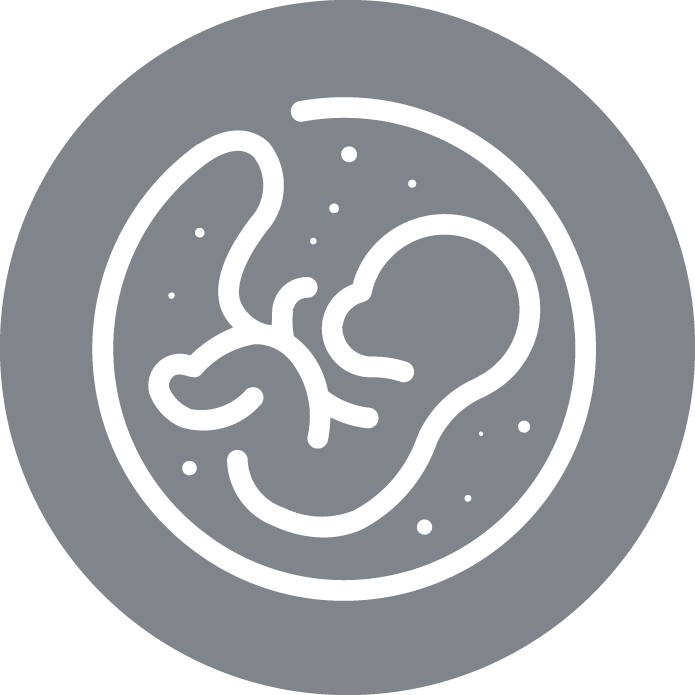Regenerative medicine is how IVIRMA researchers approach ovarian rejuvenation
Advanced maternal age is the reason for most assisted reproduction cycles performed with donor oocytes. Premature ovarian failure is the second cause, affecting 1% of the population. Ovodonation is a very widespread process nowadays and the solution to the infertility problems of a large percentage of patients. However, it has its drawbacks, such as genetic grief for the patient and the need to find donors for the centers.
Dr. Sonia Herraiz, a researcher at the IVI Foundation and ISS La Fe, has been working for the past few years on a line of research linked to Ovarian Rejuvenation. This seeks alternative solutions to the present and future problem of an aging population, which is a challenge that all of us who work in Reproductive Medicine are facing.
Although age is not the only factor associated with diminished ovarian reserve, older women are the largest group of recipients of oocyte donation treatment. Premature ovarian failure is associated with very low pregnancy rates and is characterized by amenorrhea, hypoestrogenism and elevated gonadotropin levels leading to complete ovarian failure in women under 40 years of age.
Last week, more than one thousand reproductive medicine specialists attended the 33rd Congress of the Spanish Fertility Society held at the Euskalduna Palace in Bilbao. Dr. Herraiz, principal researcher of this area, presented her lecture on Ovarian Rejuvenation in one of the key sessions. During this event, the main developments in ovarian activation for older infertile patients and younger patients with premature ovarian insufficiency were shared.
Objective, to increase the number of competent follicles.
"In ovarian biopsies in women with infertility of unknown origin, residual primordial follicles have frequently been found that could contribute to increase the final yield of competent oocytes,” explained the scientist during her presentation, remarking that competent oocytes could be recovered after activating these remaining follicles through several approaches. This would therefore provide a suitable ovarian niche that favors the growth of oocytes and the development of ovarian follicles.
"From the clinical point of view, this follicular reactivation could also be the underlying mechanism behind several reports. These studies show fertility recovery and spontaneous pregnancies in patients with premature ovarian failure due to oncologic treatments after receiving a bone marrow transplant," she explained to an auditorium full of fertility specialists.
Ovarian stem cell transplant.
Recently, Dr. Herraiz's team described that infusion of bone marrow-derived stem cells promotes follicular growth in humans and mice by increasing ovarian vascularization, stromal cell proliferation and reducing cell death. Other types of stem cells, such as those of mesenchymal, adipose and hematopoietic origin, have also been shown to restore ovarian function in mice models with POI.
A prospective pilot study in 20 low-responder women evaluated the effects of autologous stem cell ovarian transplantation on ovarian function and it improved response in 81.3% of women, increasing follicle growth and oocyte yield, leading to spontaneous pregnancies in women with poor prognosis who were previously limited to egg donation.
Platelet-rich plasma (PRP).
Another approach presented by the researcher during her presentation is one that is based on paracrine signaling to restore ovarian function in women with premature ovarian failure.
"PRP is a concentrate composed of growth factors contained in platelets, which promote tissue healing, angiogenesis and cell growth. Intraovarian injection of PRP has been shown to promote ovarian improvement, allowing the recovery of oocytes," the researcher specified.
In the words of Dr. Herraiz "We are heading towards an unprecedented aging of the population and scientists are faced with the challenge of finding new techniques that will allow us to use patient's own biological material instead of replacing it. This will be the only way to respond to a society that is delaying its maternity as long as possible for various reasons, mainly due to the social changes we are witnessing.”



